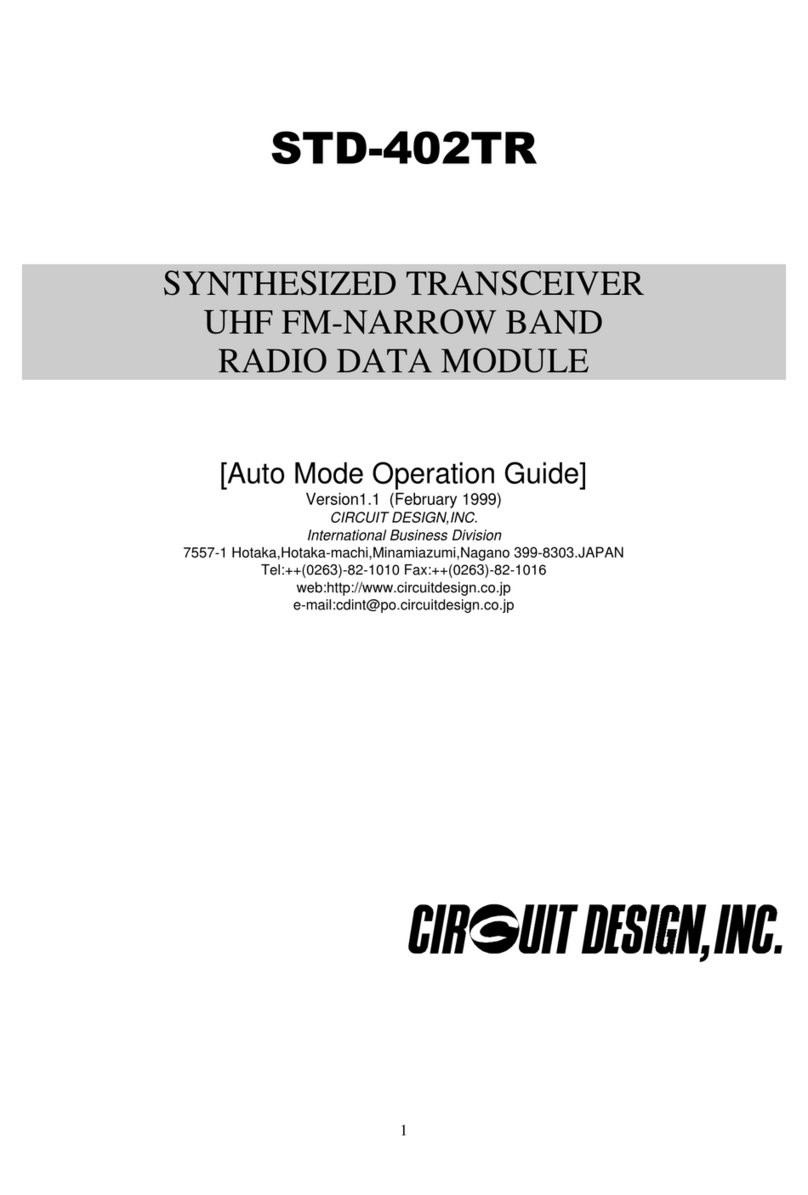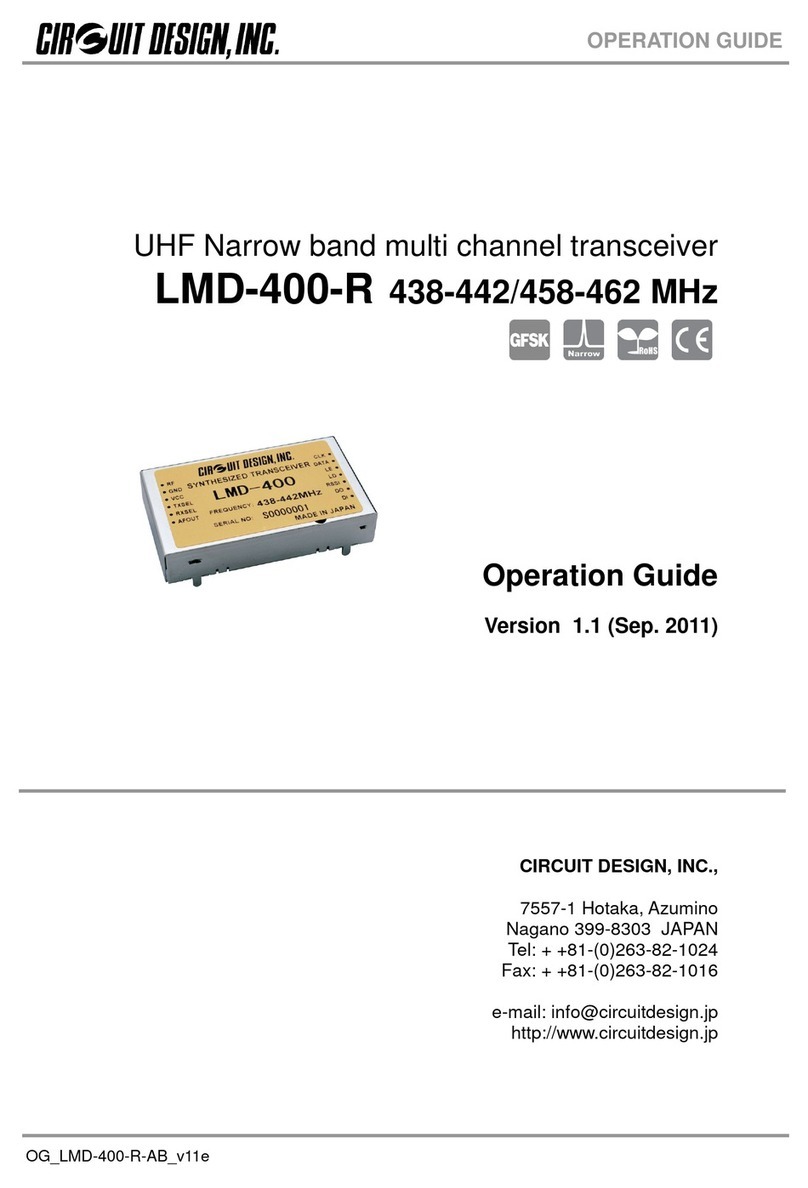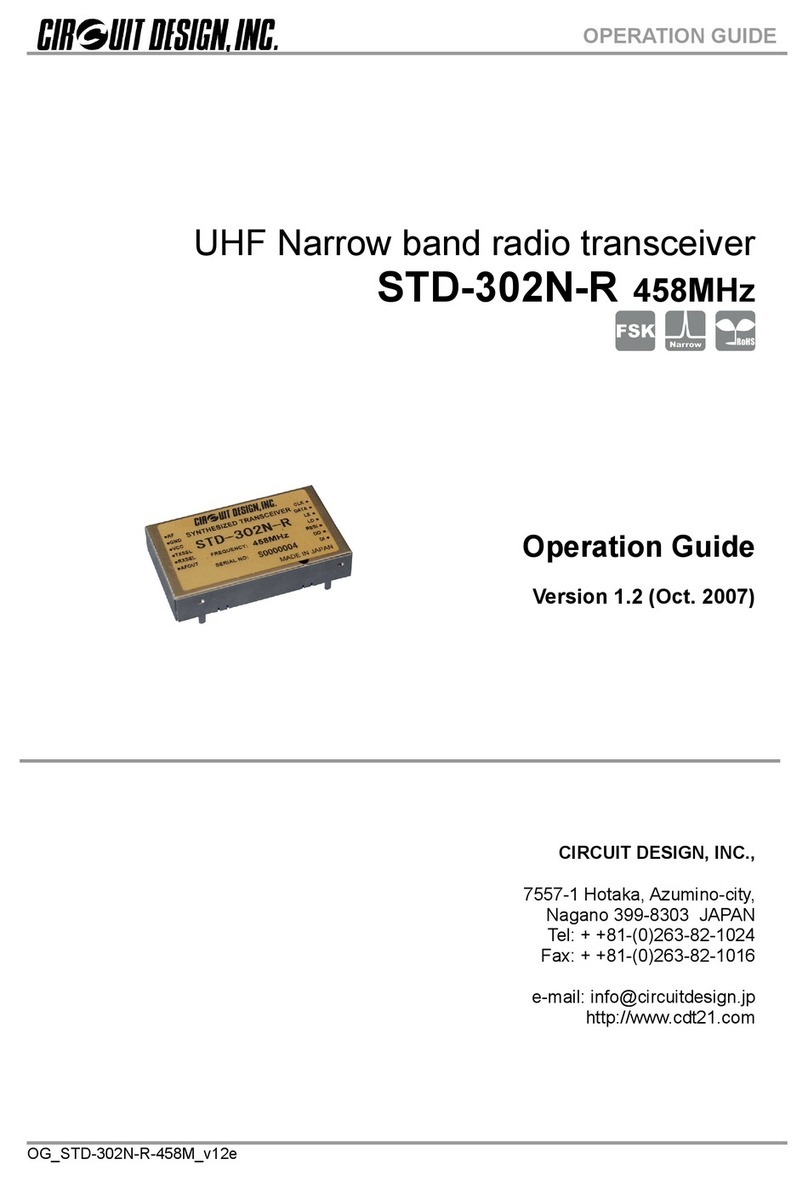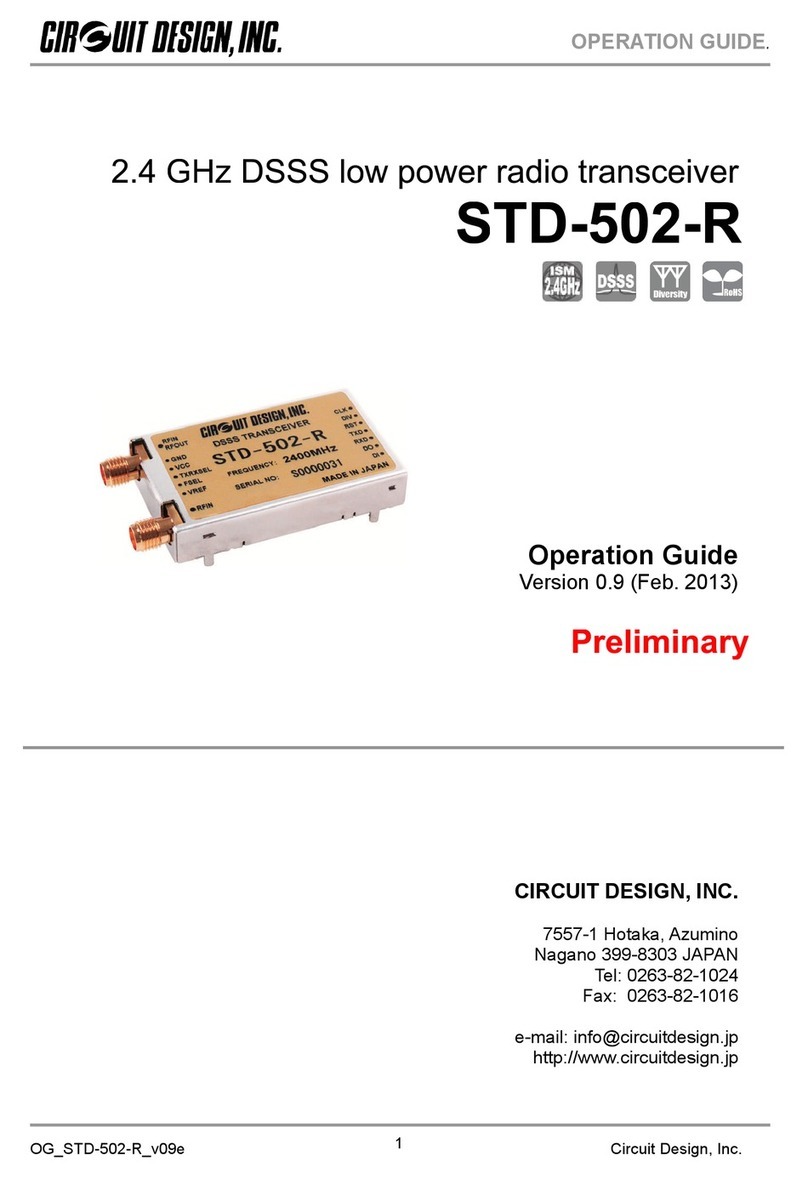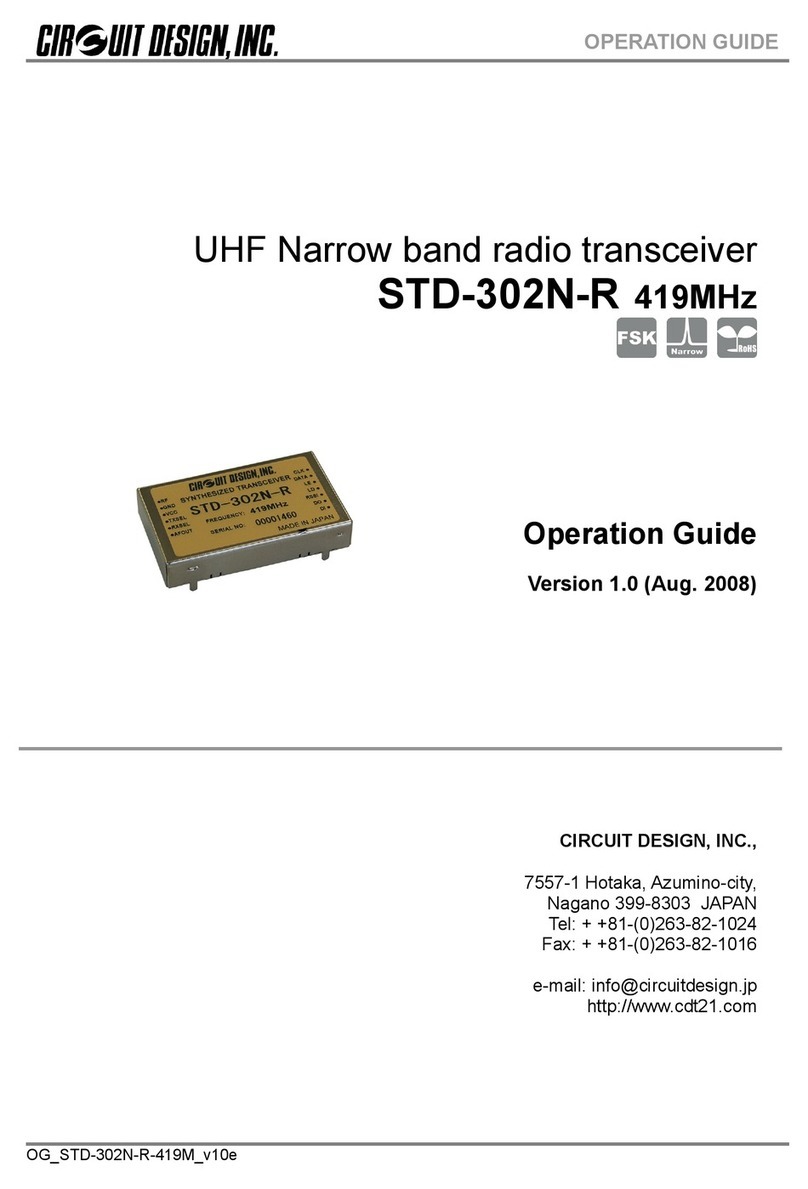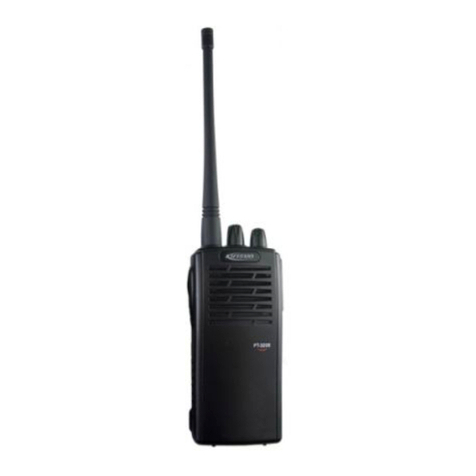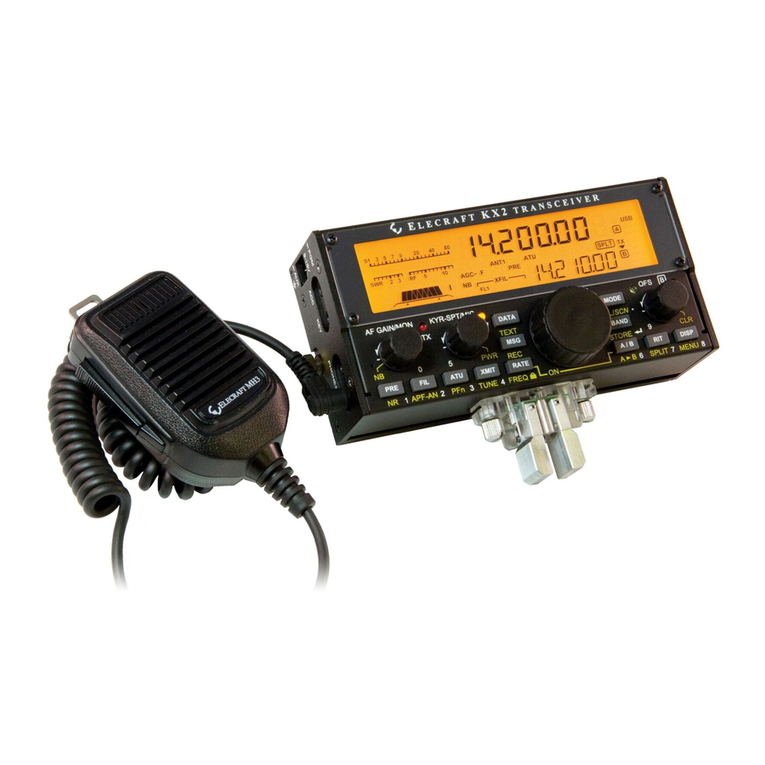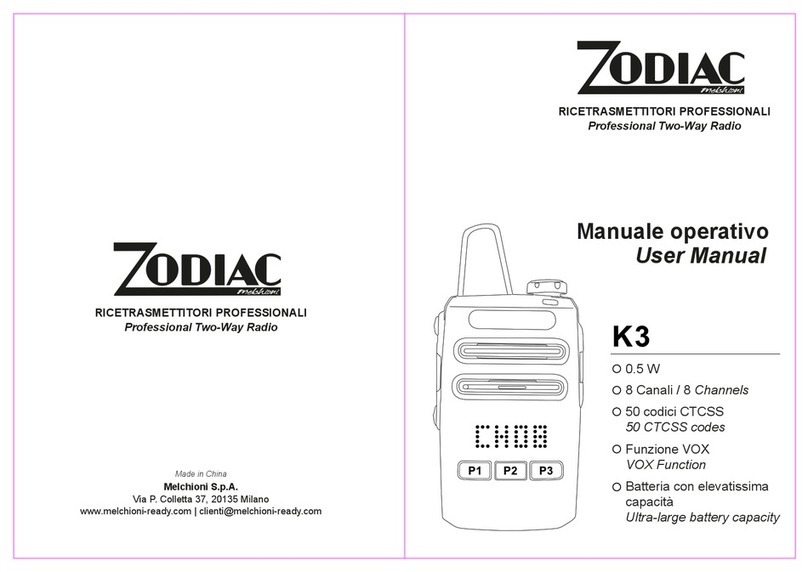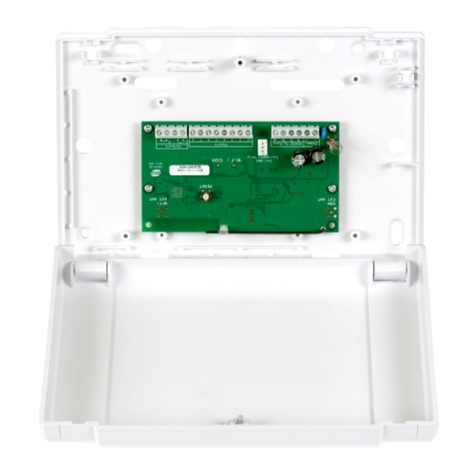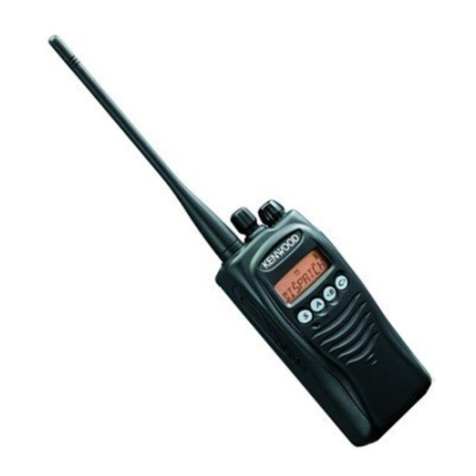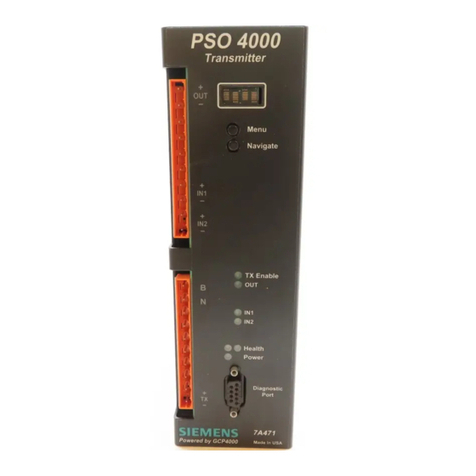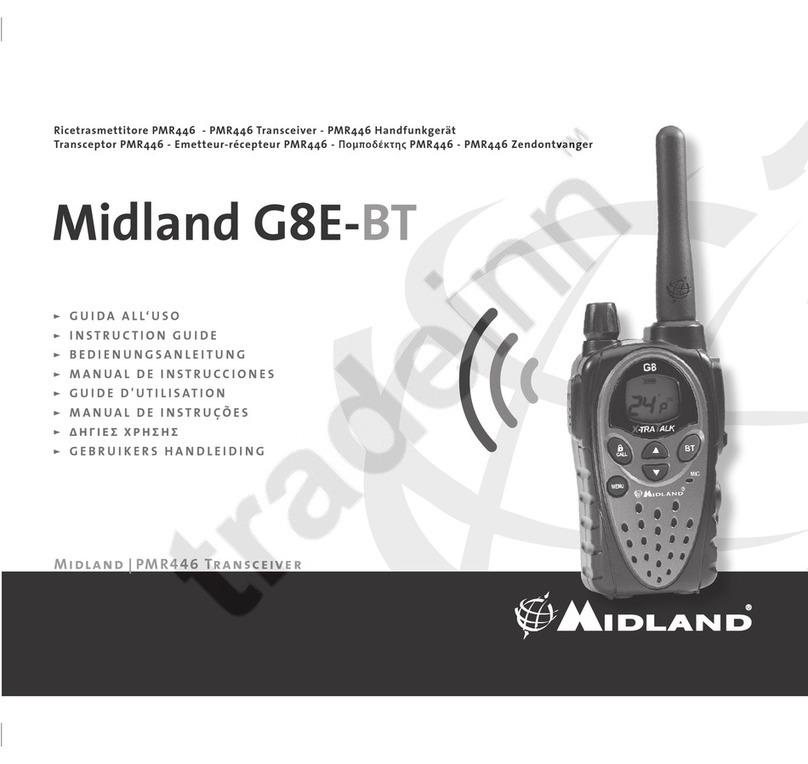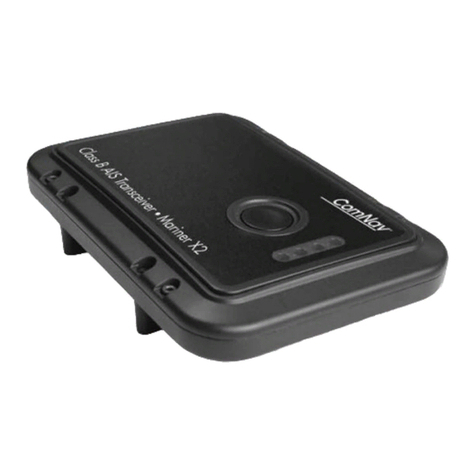OG_STD-302-419M_v10e Circuit Design, Inc.
4
OPERATION GUIDE
SPECIFICATIONS
STD-302 419 MHz All ratings at 25°C unless otherwise noted
Parameter Rating Conditions
General characteristics
Communication method Semi-duplex
Oscillation type PLL Controlled VCO
Operating frequency range 418.725-419.425 MHz
Channel step Programmable
Frequency stability +/- 4 ppm -10 to +55 °C
+/- 8 ppm -20 to +65 °C
Data rate 9600 bps max. Input data pulse width: Min104µs, Max 5 ms
PLL reference frequency 21.25 MHz
Operating temperature range - 10 to + 55 °C
- 20 to + 65 °C *A
Operating voltage range 3 - 5.5 V
Dimensions 30 x 50 x 9 mm
Transmitter part
RF output power 9.0 mW Antenna impedance 50 Ω
Deviation 2.5 kHz +/-0.35 kHz PN9, 9600 bps, LPF 20 kHz
Deviation frequency
characteristics +/- 3 dB 50 - 4800 Hz
Residual FM noise 0.17 kHz LPF 20 kHz
TX S/N -30 dB 1 kHz, Dev.= +/-2.4 kHz CCITT filter
Spurious emission -60 dBm < 1 GHz
-43 dBm > 1 GHz
Adjacent channel leakage
power -37 dB CH 25 kHz, BW 16 kHz, PN9, 9600 bps
Total distortion and noise 30 dB 1 kHz, Dev.+/-2.4 kHz, CCITT filter
Consumption current 40 mA
Switching time RX to TX 5 - 10 ms RX -> TX * 1
Lock time 30 - 40 ms Free Run -> TX * 2
10 - 20 ms 25 kHz channel shift * 3
Receiver part
Reception method Double superheterodyne
Sensitivity -119 dBm (AF OUT) 1 kHz, Dev.+/-2.4 kHz, CCITT filter
Bit error rate -110 dBm (Data Out) 9600 bps, PN9 (1/2556 bit error), Internal synchronous
AF output 150+/-35 mVrms fmod.+/- 2.4 kHz, fm+/-1.2 kHz (RF level -30 dBm)
140+/-35 mVrms
fmod.+/- 2.4 kHz, fm+/-2.4 kHz (RF level -30 dBm)
120+/-45 mVrms
fmod.+/- 2.4kHz, fm+/-4.8 kHz (RF level -30 dBm)
RX S/N 35 dB 1 kHz, Dev.+/-2.4 kHz, CCITT filter (RF level -30 dBm)
Distortion -30 dB
1 kHz, Dev.+/-2.4 kHz, CCITT filter (RF level -30 dBm)
Spurious emission -60 dBm
Spurious sensitivity 45 dB Two signal method, Jamming signal = FM
Intermodulation 45 dB Two signal method
Adjacent channel selectivity 45 dB Two signal method, CH 25 kHz,
Jamming signal = FM
Consumption current 26 mA
Switching time TX to RX 5 - 10 ms TX -> RX * 1
Lock Time 30 - 40 ms Free Run -> RX * 2
10 - 20 ms 25 kHz channel shift * 3
*A Under -10°C, the time required till effective data is output from DO is longer than that at normal temperature. It is
recommended to use a preamble which is twice the length of the usual preamble. Please refer to page 12.
* 1 Time required for the TX frequency or 1st local frequency to reach within +/-1.5 ppm of a stable frequency.
* 2 Time required for the TX frequency or 1st local frequency to reach within +/-1.5 ppm of a stable frequency after PLL setting
data is output.
* 3 Time required for the TX frequency or 1st local frequency to reach within +/-1.5 ppm of a stable frequency after PLL setting
data for 25kHz shift is output.
